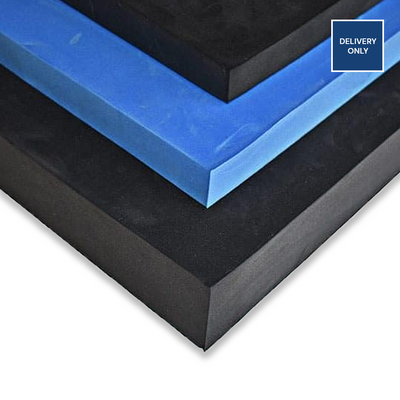When it comes to choosing the right material for your project, polyethylene foam sheets are an excellent option. Known for their versatility and durability, these sheets are commonly used in a variety of applications, from packaging to insulation. However, with so many options available on the market, it can be challenging to determine which polyethylene foam sheets are best suited for your project.

1. Consider the Density of the Foam Sheets
One of the most important factors to consider when choosing polyethylene foam sheets is the density of the foam. Density refers to the weight of the foam per cubic foot and is often measured in pounds. Higher density foam sheets are generally more durable and provide better support, making them ideal for heavy-duty applications.
2. Evaluate the Thickness of the Foam Sheets
The thickness of the foam sheets is another crucial aspect to consider. The thickness will determine the level of cushioning, insulation, and protection that the foam can provide.
3. Determine the Color of the Foam Sheets
While the color of the foam sheets may seem like a trivial factor, it can actually play a significant role in certain applications. For example, if you are using polyethylene foam sheets for packaging purposes, a white or light-colored foam may be preferred as it provides a clean and professional appearance.
4. Assess the Thermal Insulation Properties
If your project requires thermal insulation, it is important to choose polyethylene foam sheets that offer adequate insulation properties. The thermal conductivity of the foam is a measure of how well it can conduct heat.
5. Check for Fire Retardant Properties
In certain applications, fire safety is a crucial consideration. If your project involves the use of polyethylene foam sheets in an environment where fire risk is present, it is essential to choose foam sheets that are fire retardant.
Conclusion
Choosing the right polyethylene foam sheets for your project is essential to ensure optimal performance and functionality. By considering factors such as density, thickness, color, thermal insulation properties, and fire retardant properties, you can make an informed decision that aligns with the specific requirements of your project.